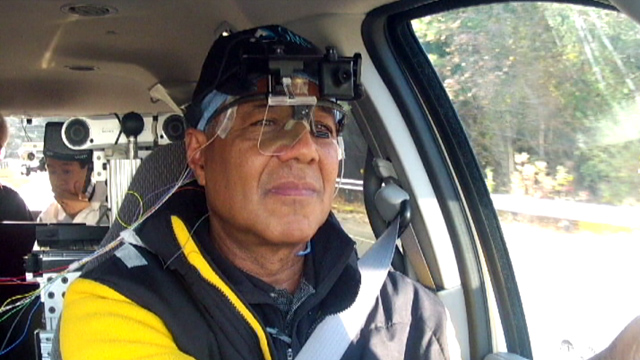How Pilot Ron used Microsleep to Stay Awake During a Long Flight
Sleep deprivation during long flights can be extremely dangerous. But pioneer aviator Ron used an ingenious method to stay awake during his 33-hour flight - by inducing involuntary microsleeps through a “wake-up device”. Let’s take a deeper look at how this risky strategy potentially helped him survive.
Harnessing the Power of Microsleep
As a sleep specialist points out, Ron likely experienced frequent microsleep episodes lasting seconds where the brain enters sleep mode briefly without awareness. During these times, performance and perception deteriorate severely. Strikingly, microsleeps impair functioning similar to drunk driving. So how did Ron use this phenomenon to his advantage?

An Ingenious Wake-Up Contraption
To induce safety-inducing microsleeps, Ron devised a crude yet effective mechanism. He tied a heavy metal nut to his finger with string, holding it loosely. If he dozed off, the nut would drop and tug his finger awake within seconds. Though crazy, this recognized brain physiology - relaxing muscles during microsleep leaves perceptions intact moments after. His contraption capitalized on this window to rouse himself.
Microsleeps - Nature’s Backup System
In a way, Ron tapped into nature’s built-in backup system for sleep deprivation. Microsleeps allow the brain to reset briefly when exhausted, preserving functioning. His device synchronized with this cycle to break episodes before lasting damage. It’s remarkable this 1920s technology approach worked on such a high-risk cross-country flight with basic equipment and navigation.
Lessons from other Long-Duration Flights
Ron’s microsleep method finds parallels in other marathon endurance feats. One kayaker paddling solo across the Atlantic reported sleeping between wave crests, waking each time to check bearings. Meanwhile, glider pilots of the era set new records for continuous-duration soaring over two days using thermal updrafts alone. But the risks grew too unsafe, leading authorities to cancel that category. Both examples involved instinctively timing rest breaks to microsleep cycles.
Pushing the Limits of Human Endurance
Pioneer aviators like Ron advanced flight by courageously testing boundaries. His 33-hour trip stretched endurance and safety limits. By creatively applying sleep science, his microsleep contraption tapped the body’s natural response to deprivation as a form of autopilot. It allowed functioning withdrawal moments to recharge without blacking out - buying more waking time to complete the mission. Ron’s ingenious strategy exemplified the inventiveness and risk-taking that has furthered aviation progress.
Lessons for Modern Sleep Deprivation
While we now understand sleep needs better, deprivation remains an occupational hazard. Ron’s experience offers lessons on preservation tactics. Industries involving long shifts or overnight duties would benefit from education on microsleep cycles and strategies. With creativity, we can apply scientific principles to safely extend functioning in service of progress, as pioneers like Ron demonstrated through immense courage and trial. There are always lessons to learn from those advancing frontiers of human capacity.
